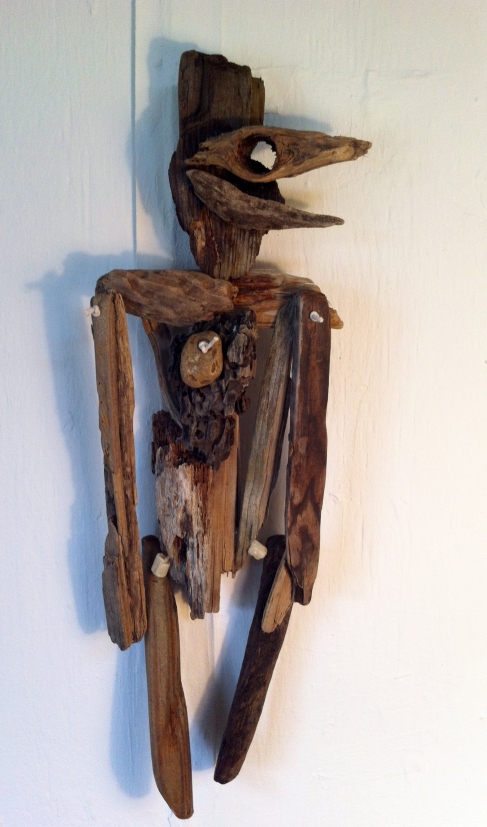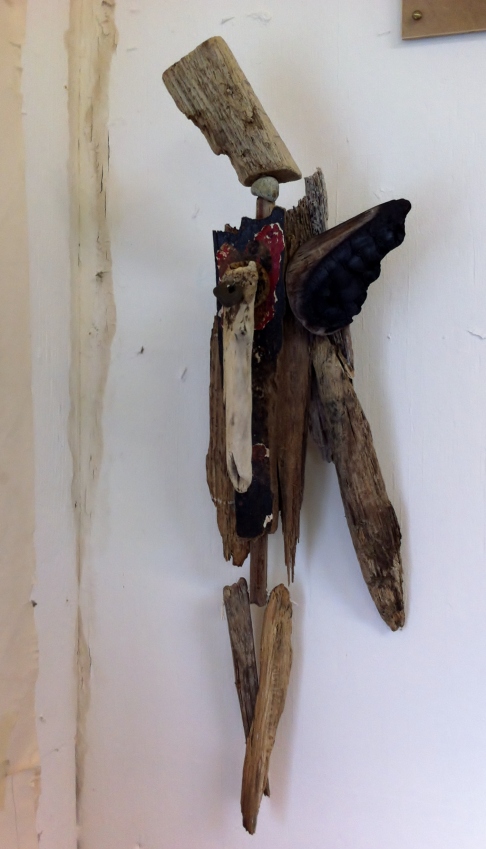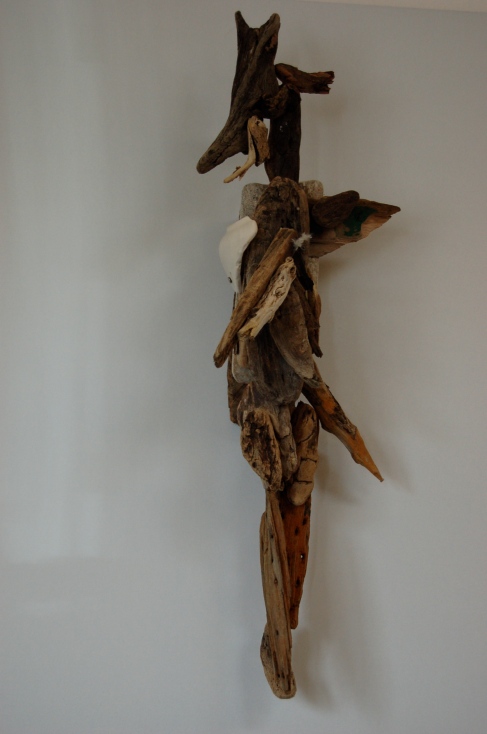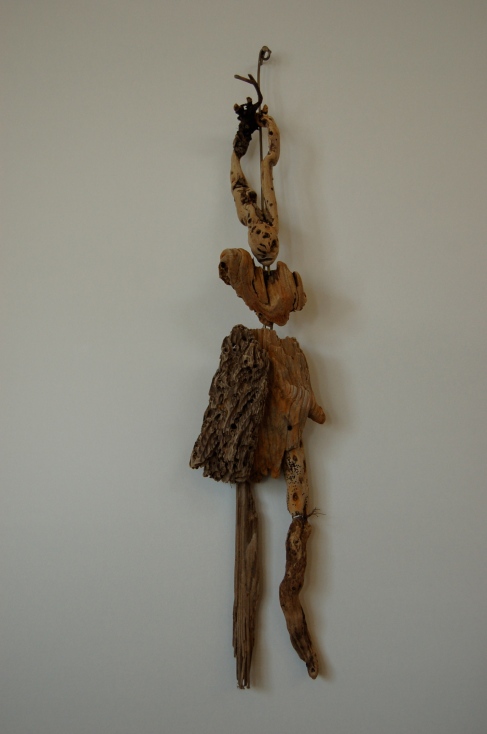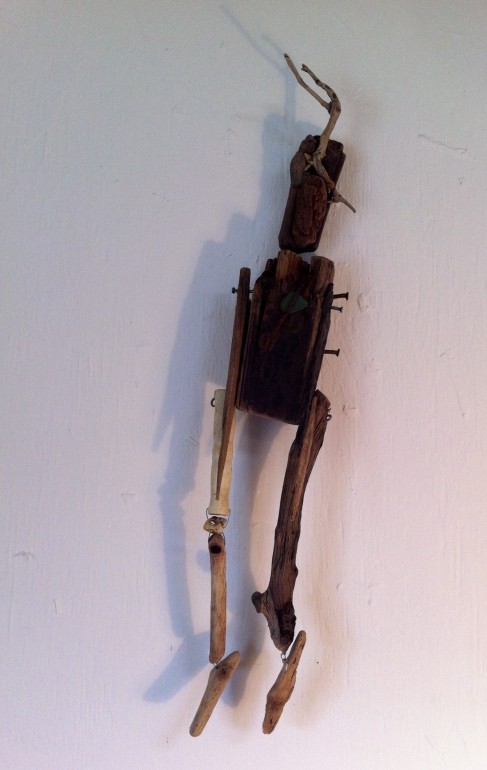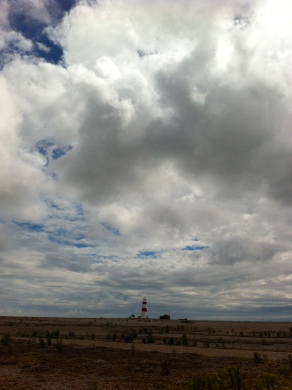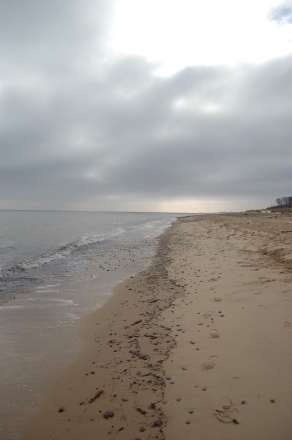FOUNDLINGS
These Foundlings are my latest work. They are all for sale! Just drop me a line if you want to give one a home.
I begin by walking. All things that happen, happen somewhere, binding story to place, and the way I feel and think about the landscape is rooted in stories.
The East Anglian coastline is my landscape, my ‘local’. There are traces left on this landscape that both provoke and evoke memories, occurences and history. It is about connections – what has happened and what will happen.
Walking through a physical landscape produces a memory map of the place. Images, sounds, smells and textures underfoot are stored in the mind. By revisiting a place over and over again different experiences are layered one on top of another. The way that shingle banks reform daily; relics of defences that are revealed when the tide is low and concealed when high; evidence of fossilised wood, the sharks’ teeth that are scattered on the sand as the waves recede; the skies as the sun sinks and trees that stand on the edge of the cliff poised as if to dive. All of this peels away at a place, so that it unfurls to allow a glimpse of what has been and what might be.
The initial findings then, come from this tidal landscape. A place of constant change, a shape shifting, volatile place. The product of a place where natural forces come together with human forces sometimes in opposition and sometimes as one. They are salvaged materials from salvaged places and the memories from these places that come together momentarily in between the tides.
As in an archeological dig some shards remain mute, isolated and disconnected waiting for other hands to come along to discover their pattern and reassemble them They are Nature’s debris re-assembled into puppet like objects, hovering between life and death, on the brink, on the edge.
The art of bringing things to life is how I relate my sculpture to puppetry. Puppets are objects that always appear to be as much dead as alive; always on the brink of life or death, on the edge, the not knowing. Puppets are figures of metamorphosis, of magical potential. They stand on the cusp of what is real and what is longed for.
The Foundlings have their roots in the beginnings of puppets, raw and elemental. From when man first carved tiny figures from soft stone, bones and tusks. From the Venus of Willendorf carved from limestone and covered with red pigment.
They are animated images, constructed bodies that become a physical manifestation of the spirit of a place.
Each puppet suggests a narrative. Memories are projected through these figures, embedded in them. They are constructed from a mulititude of narratives layered onto place.
As objects they exist to be animated by action, they cannot perform on their own but need human intervention. The verb ‘to animate’ does not mean to move but rather it means ‘to give soul to’ from the Latin word ‘anima.’ The notion of soul crops up time and time again in connection with puppets. There is something intensely magical about being able to bring to life an inanimate object. The power of being able to articulate that which cannot easily be spoken. What a gift to be given.
